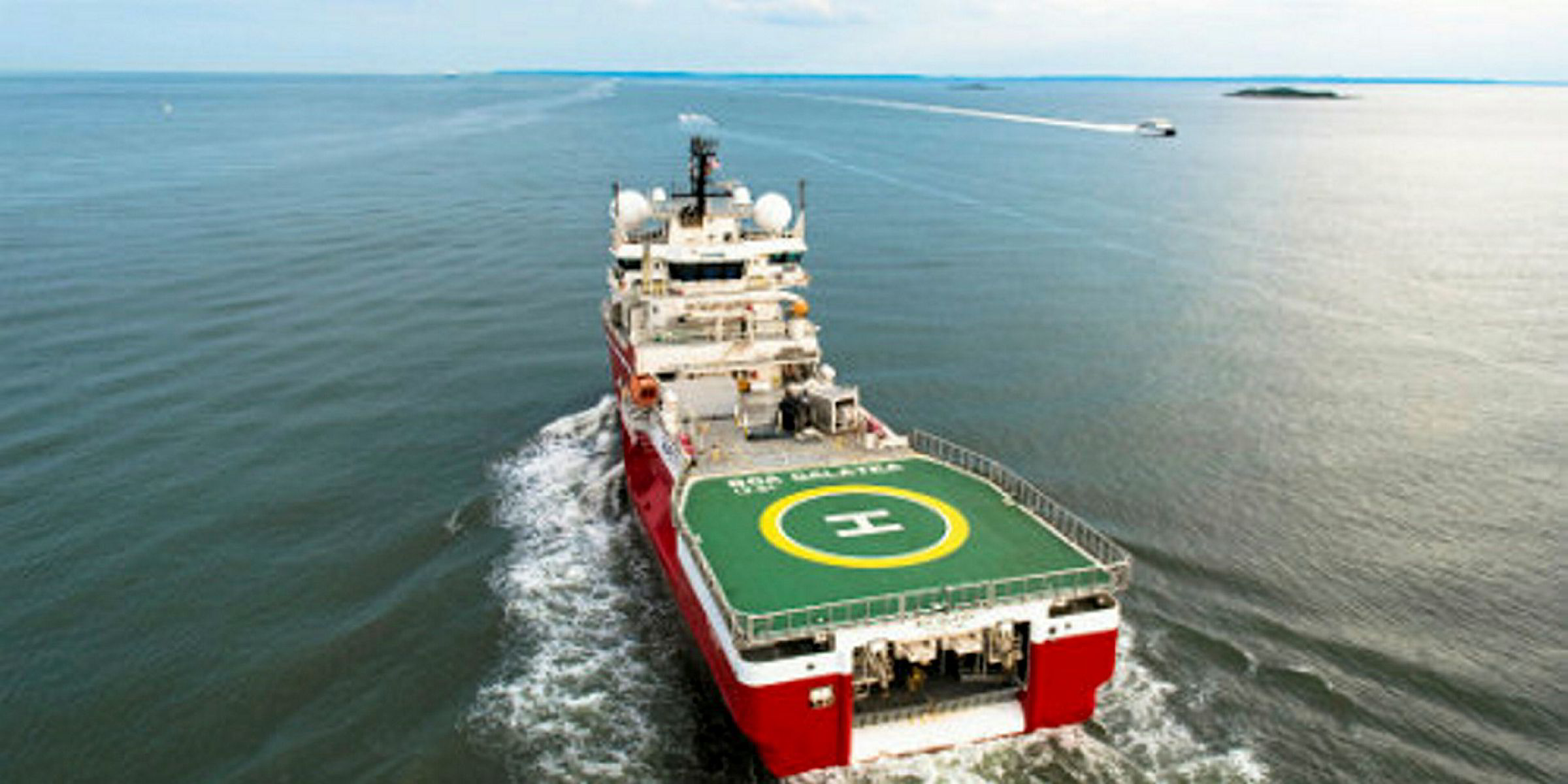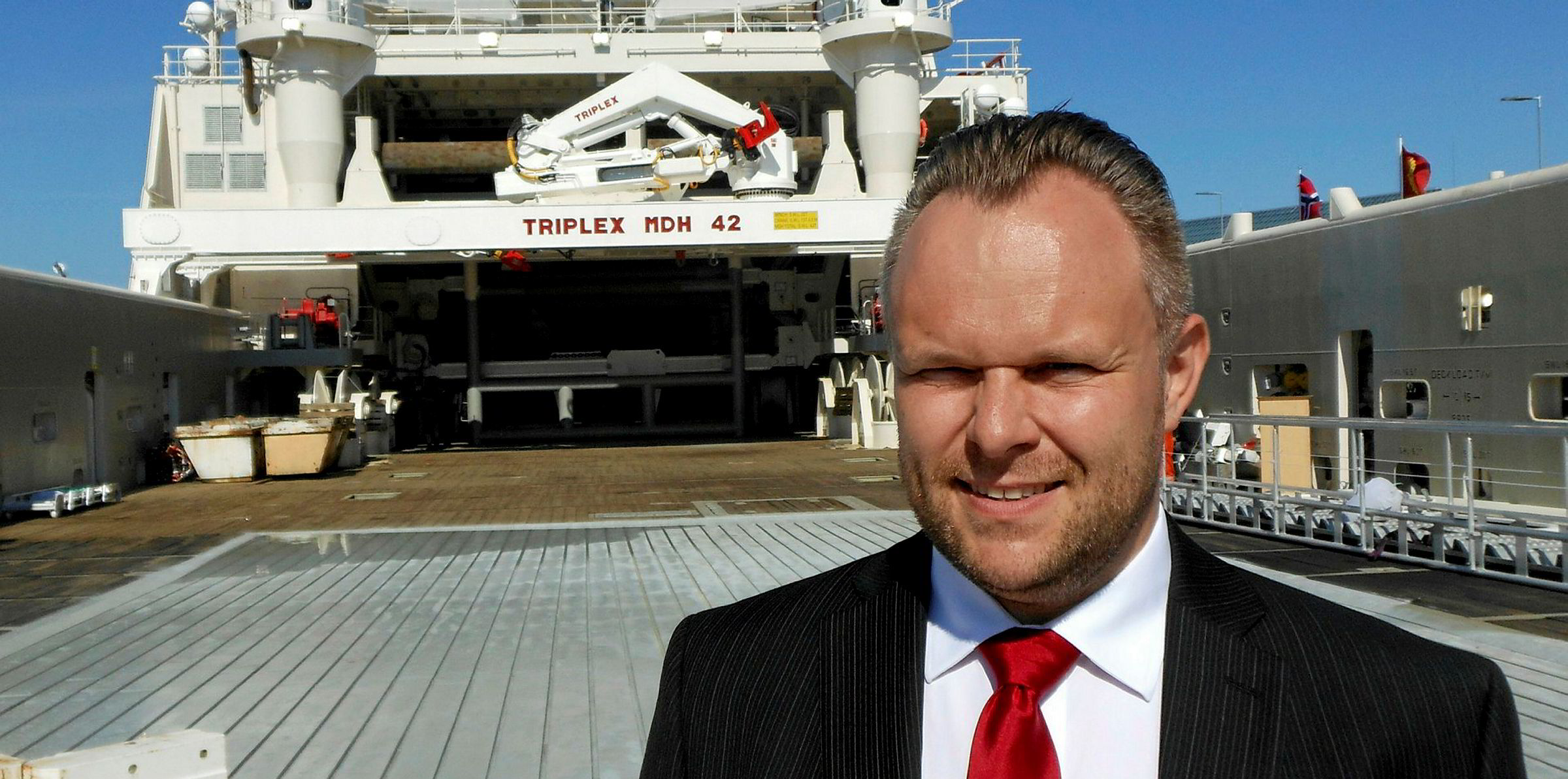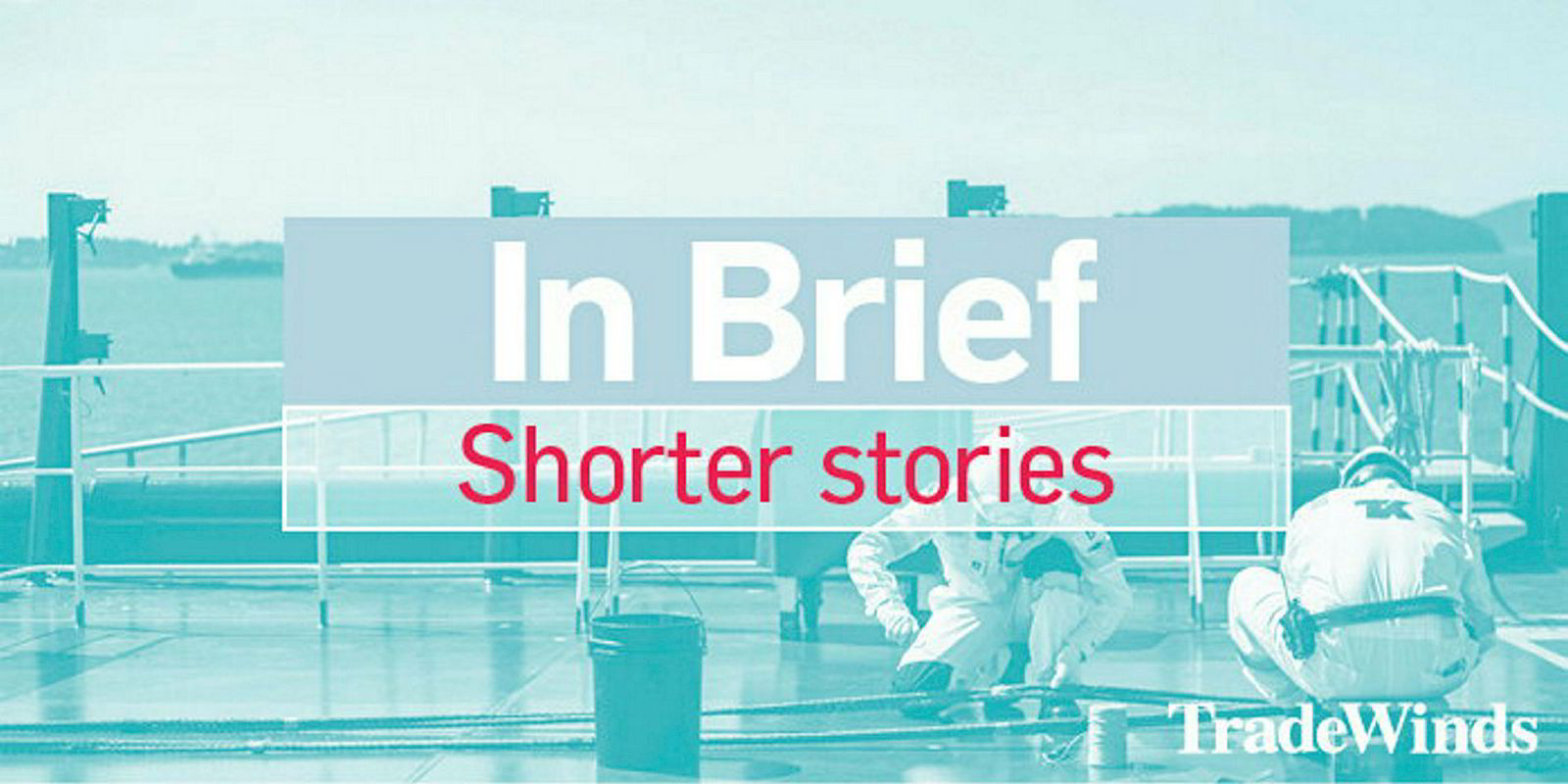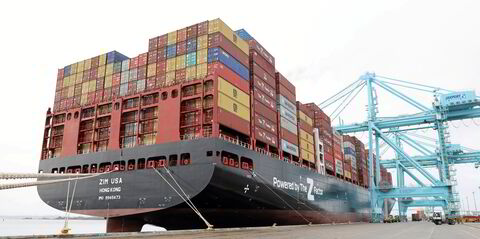Two of SeaBird Exploration's vessels are running around two months behind schedule due to equipment delays, which is expected to hurt the company's bottom line.
The delays concern a niche 3D survey in West Africa and a 2D survey survey in the Americas, for which deals were awarded in April and January respectively.
Both contracts were due to be completed early in the third quarter, but are now scheduled for completion late in the quarter.
"These production delays and survey extensions are due to difficulties with availability and lead-time of select seismic streamer equipment parts," SeaBird said in an exchange filing on Tuesday.
The delays will result in increased operating expenses, which will impact earnings in both the second and third quarter, the Oslo-listed company said.
The 80-day 3D survey contract will employ the 81-metre Nordic Explorer (built 1986), which SeaBird has chartered in from Petroleum Geo-Services (PGS).
When the contract was announced in April, SeaBird said it would receive 9km of Ion DigiStreamer from the shipowner as part of the charter.
SeaBird's 81-metre seismic survey vessel Harrier Explorer (built 1979) will undertake the 2D work, which is an ocean-bottom node (OBN) survey in the Gulf of Mexico.
The contract's expected duration is three weeks.
Once these contracts have been completed, either Nordic Explorer or Harrier Explorer will commence 2D data acquisition in the Norwegian Sea for Wintershall Dea.
The contract is expected to take one month.
Vessel acquisitions
The offshore survey company has completed the acquisition of two vessels — 80-metre Boa Galatea (built 2008) and Boa Thalassa (built 2009) — from a subsidiary of Boa Offshore.
SeaBird launched a private placement in May to fund the pair, the sale of which was forced by Boa SBL's bondholders.
The new owner plans to retrofit the duo into seismic survey ships, once they have completed their current charters to Electromagnetic Geoservices (EMGS).
"Preparations for outfitting/rigging the Galatea as a seismic source vessel are ongoing and the vessel is expected to enter the market in early 2020 as the Fulmar Explorer," SeaBird said.
The Galatea is currently chartered to EMGS for another nine months, plus two six-month extension options.
EMGS is currently employing the Thalassa on an electromagnetic data project in south-east Asia.
Vessel divestment
SeaBird said it has decided to decommission its 71-metre seismic vessel Aquila Explorer (built 1982) in light of these new acquisitions.
Certain seismic equipment, compressors and winches will be removed from the Aquila Explorer and will be used in the seismic outfitting of the BOA Galatea, SeaBird said.
The company expects to take around a $2.3m write-down in its second-quarter results in anticipation of the sale of the vessel.
The decommissioning project will be completed this quarter.
Several contract leads
SeaBird's fleet is fully employed apart from one vessel, which was warmed stacked within the past few months.
AIS data shows the 1,400-dwt Voyager Explorer (built 2005) has been idle in Singapore since mid-May, having previously been at work in offshore Brunei.
"There are several contract leads for the vessel, predominantly for 2D exploration," SeaBird commented.
"However, the clients' decision processes for exploration-related surveys in Asia appear to be generally delayed."
SeaBird's seismic survey vessel Eagle Explorer (built 2009) has finished a source contract for CGG in the Gulf of Mexico and has begun another survey for CGG West of Shetland, which is scheduled for completion in September.
The Osprey Explorer (built 1985) is currently transiting to north-west Europe, where it will work on a two-month a source contract.
The seismic survey ship finished a source contract in the US Gulf of Mexico for an OBN project in late June.






